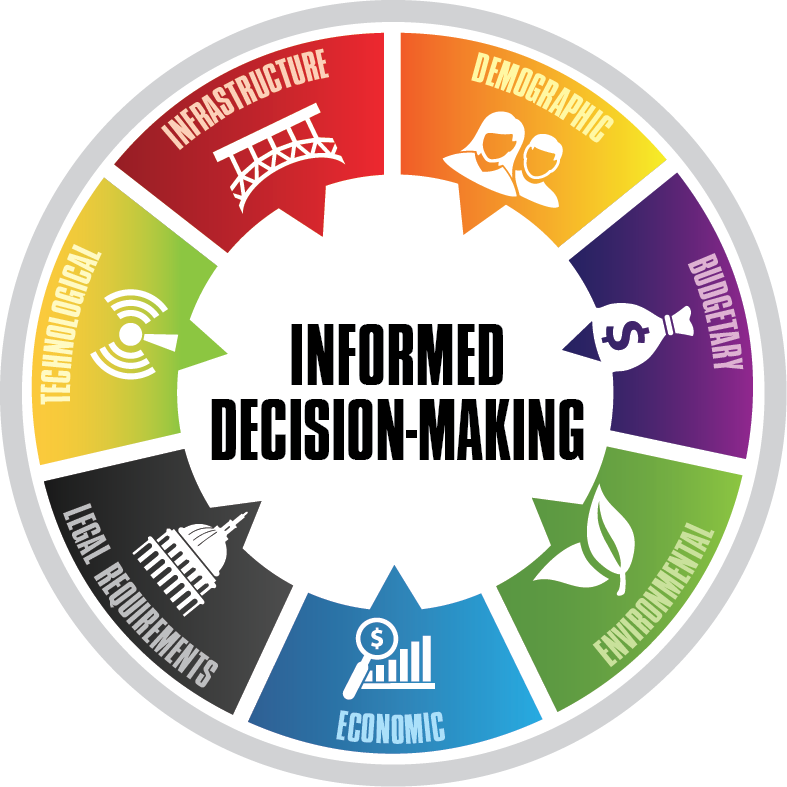Market research is a crucial step in the decision-making process for any tech company. By gathering and analyzing data about the market, competitors, and consumer preferences, businesses can make informed decisions that will help them stay ahead of the curve. In this article, we will discuss some market research techniques that tech companies can use to make strategic and well-informed decisions.
1. Surveys and Questionnaires
One of the most common market research techniques is to conduct surveys and questionnaires. These tools allow companies to gather feedback from current and potential customers about their preferences, buying habits, and opinions on products or services. By analyzing the responses, companies can identify trends and patterns that can inform their decision-making process.
When creating surveys and questionnaires, it’s essential to ask clear and specific questions that will provide actionable insights. Companies can use online survey tools to reach a larger audience and collect data quickly and efficiently.
2. Focus Groups
Focus groups are another valuable market research technique that tech companies can use to gain insights into consumer behavior and preferences. By bringing together a small group of participants to discuss a specific topic or product, companies can gather in-depth feedback and opinions that can help them make informed decisions.
During focus group sessions, companies can observe how participants interact with products or prototypes and listen to their feedback in real-time. This qualitative data can provide valuable insights that quantitative data alone cannot capture.
3. Competitive Analysis
Conducting a competitive analysis is another essential market research technique for tech companies. By studying and analyzing their competitors’ products, pricing strategies, and marketing tactics, companies can identify gaps in the market and opportunities for growth.
Competitive analysis can help companies understand their competitive landscape and make informed decisions about product development, pricing, and marketing strategies. By staying on top of their competitors’ movements, tech companies can stay ahead of the curve and capitalize on emerging trends.
4. Data Analytics
Data analytics is a powerful market research technique that tech companies can use to analyze large datasets and extract meaningful insights. By tracking and analyzing customer behavior, website traffic, and sales data, companies can identify patterns and trends that can inform their decision-making process.
Companies can use tools like Google Analytics, Mixpanel, or Tableau to collect and analyze data and create visualizations that can help them make strategic decisions. By leveraging data analytics, tech companies can gain a deeper understanding of their customers and make data-driven decisions that will drive growth and success.
5. Customer Interviews
Customer interviews are another valuable market research technique that tech companies can use to gain insights into customer needs and preferences. By talking to customers one-on-one, companies can gather valuable feedback and uncover pain points that can inform their product development process.
When conducting customer interviews, it’s essential to ask open-ended questions and listen actively to customers’ responses. By building rapport with customers and understanding their unique needs and challenges, tech companies can create products and services that truly resonate with their target audience.
Conclusion
Market research is a critical component of the decision-making process for tech companies. By using a combination of surveys, focus groups, competitive analysis, data analytics, and customer interviews, companies can gather valuable insights that will inform their strategic decisions and drive growth and success.
By investing time and resources in market research techniques, tech companies can stay ahead of the curve and make informed decisions that will help them succeed in today’s competitive landscape.

